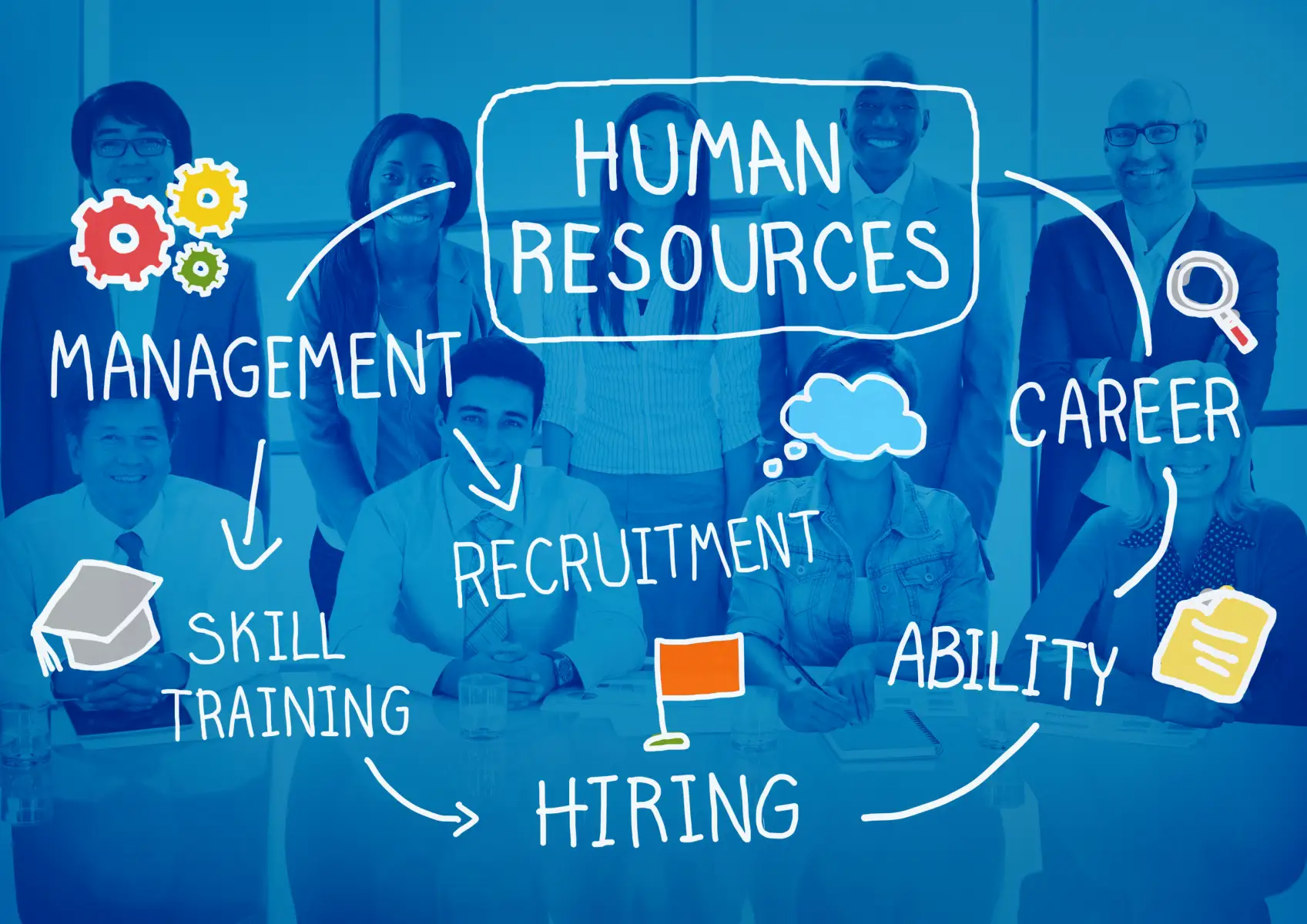Executive Summary
In an era of rapid technological advancement, shifting market demands, and increasing competition, continuous learning and employee upskilling have become strategic imperatives for every forward-thinking enterprise. This whitepaper examines the essential practices, tools, and frameworks needed to build robust corporate training initiatives. It outlines the business case for investing in upskilling, reviews current trends and challenges, and offers actionable strategies for designing, delivering, and measuring impactful corporate learning programmes. Business leaders and HR professionals will find evidence-based insights, best practice case studies, and key resources to future-proof both their workforce and their enterprise.
SEO Focus: corporate training, employee upskilling, learning and development, future of work, digital learning, HR strategy, workforce transformation.
Table of Contents
- Introduction: The Imperative of Upskilling
- The Business Case for Corporate Upskilling
- The Current State of Corporate Training
- Trends Shaping Modern Employee Learning
- Core Principles of Effective Upskilling Programmes
- Strategies for Empowering Employee Upskilling
- The Role of Technology in Modern Corporate Training
- Measuring Training Impact and ROI
- Case Studies: Upskilling Excellence in Action
- Recommendations for Business Leaders and HR
- References and Further Resources
Introduction: The Imperative of Upskilling
The world of work is changing at an unprecedented pace. New technologies, ways of working, and business models are creating demand for ever-evolving skillsets. According to the World Economic Forum, by 2025, 50% of all employees will need reskilling, and critical thinking, creativity, and digital skills will be increasingly sought after.
Enterprises that fail to keep pace face the risk of skill shortages, decreased competitiveness, and reduced employee engagement. By contrast, organisations that prioritise agile learning cultures are shown to outperform on every major metric—from productivity to retention and innovation (McKinsey & Company, 2023).
The Business Case for Corporate Upskilling
- Talent Retention and Attraction
Companies that invest in training send a clear message: we value our people. According to LinkedIn Learning, 94% of employees say they would stay at a company longer if it invested in their career development. - Driving Innovation and Growth
Empowered with new skills, employees are more likely to contribute fresh ideas, adapt to change, and drive business growth. Upskilling is vital for fostering a culture of innovation (CIPD, 2023). - Closing the Skills Gap
Emerging roles in data analysis, AI, and digital strategy require capabilities in short supply. Corporate training bridges the critical gap between current workforce abilities and future business needs. - Operational Efficiency
Ongoing coaching and learning reduce on-the-job errors, streamline processes, and improve customer satisfaction. - Regulatory Compliance and Risk Mitigation
In sectors such as finance, healthcare, and manufacturing, compliance training is not just beneficial—it’s essential for meeting standards and managing risk.
The Current State of Corporate Training
In the UK and globally, corporate training is undergoing a significant transformation:
- Shift to Digital: Over 70% of L&D leaders accelerated their adoption of digital learning during the COVID-19 pandemic (Emerald Works, 2022).
- Microlearning: Bite-sized learning and just-in-time resources are in high demand.
- Blended Approach: Successful programmes combine online modules, workshops, coaching, and experiential learning.
- Data-Driven: The best programmes use analytics to measure engagement, completion, and business outcomes.
However, challenges persist. Many enterprises identify barriers including limited budgets, manager buy-in, and difficulty linking training to business impact (CIPD Learning Report).
Trends Shaping Modern Employee Learning
- Personalised Learning Paths
AI and learning platforms enable adaptive content, ensuring each employee’s journey is relevant to their role and career aspirations. - Continuous, On-Demand Learning
“Learning in the flow of work” (see Josh Bersin’s research) integrates short modules, mobile content, and resources accessible anytime, anywhere. - Social and Collaborative Learning
Discussion forums, peer mentoring, and collaborative projects facilitate deeper understanding and engagement. - Gamification
The use of game elements (points, badges, leaderboards) increases motivation and knowledge retention. - Virtual and Augmented Reality
Immersive technologies are used for complex technical skills, simulations, and soft skills training. - Data-Driven Insight
Learning analytics drive continuous improvement, enabling organisations to identify what works—and what doesn’t.
Core Principles of Effective Upskilling Programmes
- Leadership Alignment
Leadership must see upskilling as a strategic imperative, not just an HR function. - Clear Link to Business Strategy
Training should target skills that advance key business objectives. - Employee-Centric Design
Adult learning principles—such as autonomy, relevance, and application—ensure higher adoption and impact (Chartered Management Institute). - Accessible and Inclusive
Programmes must cater to a diverse workforce, accommodating different learning styles, locations, and accessibility needs. - Measurement and Feedback
Set clear objectives and KPIs, and use data to adjust content and delivery for maximum effectiveness.
Strategies for Empowering Employee Upskilling
- Skills Mapping and Needs Analysis
- Conduct a thorough assessment of existing skills versus organisational needs.
- Tools such as CMI’s skills gap analysis toolkit help identify development priorities.
- Create a Culture of Learning
- Celebrate learning milestones
- Leaders role-model participation in training
- Integrate learning goals into performance reviews
- Blended and Flexible Learning Formats
- Combine instructor-led, e-learning, coaching, and on-the-job experiences
- Provide flexibility for employees to learn at their own pace
- Peer Learning and Mentoring
- Facilitate communities of practice and encourage knowledge sharing
- Mentorship programmes for high-potential talent
- Encourage Self-Directed Learning
- Offer stipends or access to external courses/platforms (e.g. Coursera for Business, LinkedIn Learning)
- Provide curated resource libraries and development plans
- Align Learning with Career Progression
- Link skill acquisition to internal mobility and promotions
- Make career pathways transparent and achievable
The Role of Technology in Modern Corporate Training
- Learning Management Systems (LMS)
Centralise and track all training initiatives. Top platforms include Workday Learning, Cornerstone OnDemand, and SAP SuccessFactors. - AI-Driven Content Recommendations
Adaptive learning engines suggest content based on learner behaviour and skills gaps. - Virtual Classrooms and Webinars
Enable live, interactive sessions and collaborative exercises for remote and global teams. - Mobile Learning
Ensure all content is accessible on smartphones and tablets. - Social and Collaborative Tools
Platforms such as Microsoft Teams and Slack support ongoing dialogue and peer-supported learning. - Analytics and Reporting
Advanced dashboards monitor progress, measure business impact, and provide actionable insights to L&D managers.
See Fosway Group’s analysis of digital learning platforms for vendor comparisons.
Measuring Training Impact and ROI
The Kirkpatrick Model
Still the gold standard, Kirkpatrick’s Four Levels (Reaction, Learning, Behaviour, Results) offer a proven framework for evaluating effectiveness (Kirkpatrick Partners).
Key Metrics
- Completion and engagement rates
- Knowledge retention and assessments
- Application to work and behaviour change
- Performance improvement (KPIs, quality, productivity)
- Employee satisfaction and retention
- ROI calculation (savings or revenue generated as a direct result of training)
Continuous Feedback Loops
- Pulse surveys
- Focus groups or learner interviews
- Agile iteration of content and delivery formats
Case Studies: Upskilling Excellence in Action
- Unilever: Agile Digital Upskilling
Unilever launched its “U-Learn” platform, enabling employees worldwide to access thousands of digital courses, microlearning modules, and development pathways customised to roles and business priorities.
Results:
- Increased internal appointments by 41%, reducing recruitment costs.
- 85% of learners reported a positive impact on their current role.
Read more: Unilever’s L&D approach - PwC: New World. New Skills
PwC’s global initiative focused on equipping employees with digital, data, and soft skills through virtual academies, gamified learning, and coaching.
Results:
- 325,000+ employees upskilled.
- Higher customer satisfaction and innovative service offerings.
Read more: PwC New World. New Skills. - NHS: Learning Hub for Health Professionals
The UK’s NHS implemented a centralised Learning Hub for clinical and non-clinical staff, providing on-demand digital learning. This included critical compliance, clinical upskilling, and leadership content.
Results:
- Enhanced rapid deployment of training during COVID-19.
- Boosted staff engagement and skills confidence.
Read more: NHS Learning Hub
Recommendations for Business Leaders and HR
- Secure Leadership Commitment: Upskilling must be embedded as a board-level priority, with managers acting as learning champions.
- Align Training to Business Strategy: Map learning opportunities to the organisation’s strategic goals and challenges.
- Invest in Technology: Modern platforms scale and personalise learning, but success depends on careful implementation, change management, and ongoing evaluation.
- Foster a Growth Mindset: Encourage curiosity, embrace mistakes as learning opportunities, and reward experimentation.
- Continuously Measure and Adapt: Use both data and qualitative feedback to iterate and improve.
- Promote Inclusivity and Accessibility: Design programmes that work for a diverse, multi-generational workforce, regardless of location or ability.
References and Further Resources
- World Economic Forum: Upskilling and Reskilling
- LinkedIn Learning: Workplace Learning Report
- CIPD: Learning and Development Factsheets
- McKinsey: Skills of the Future
- Josh Bersin Academy: Learning in the Flow of Work
- Emerald Works: Research Reports
- Unilever: Learning at Unilever
- PwC: New World. New Skills.
- NHS: Digital Learning Hub
- CIPD: Learning Reports
- Chartered Management Institute: Chartered Management Institute










